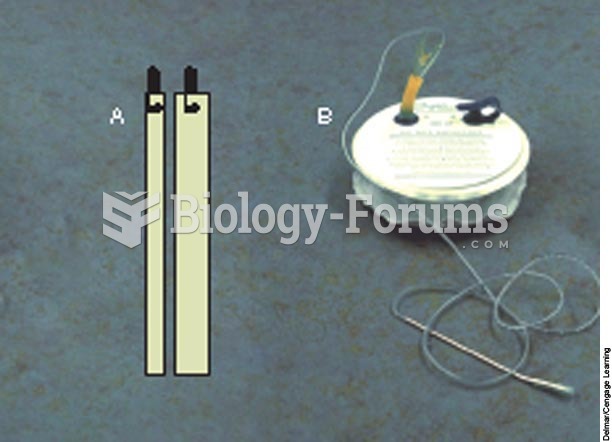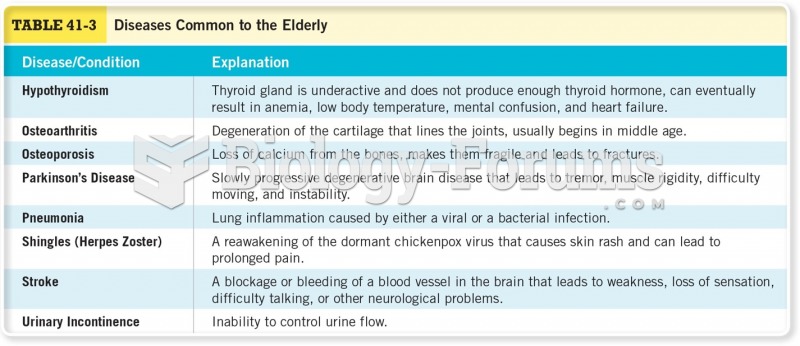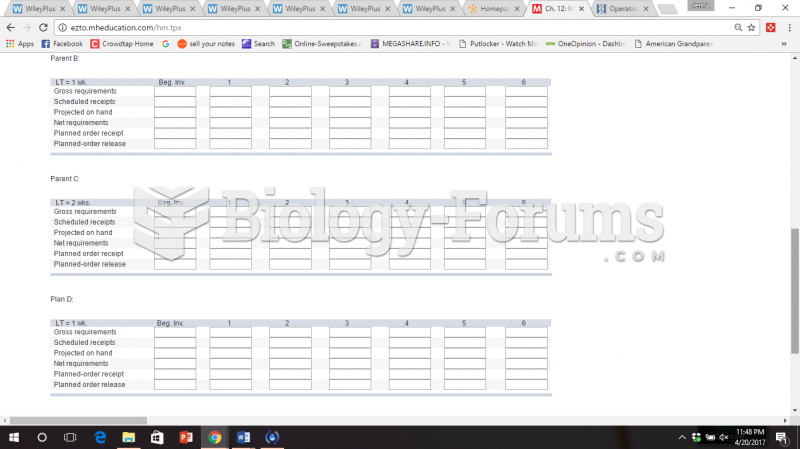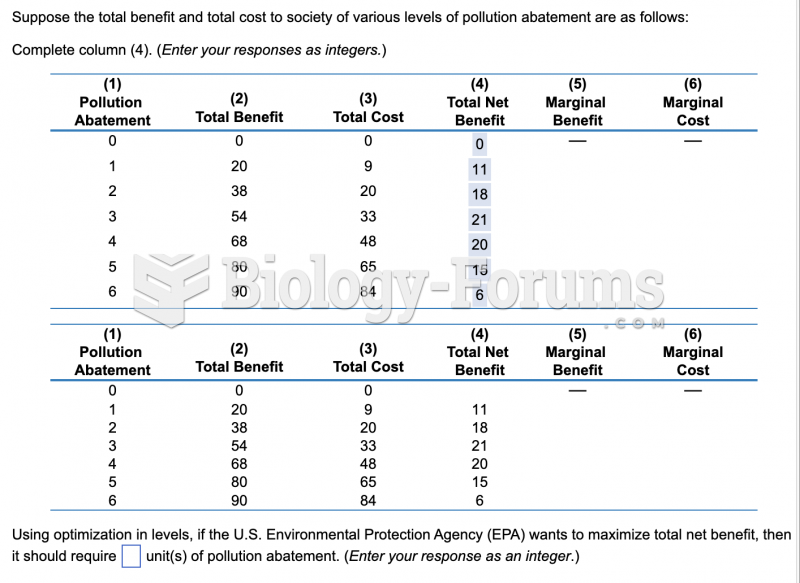Answer to Question 1
Commercially prepared pellets or a mixture of grain and seeds can be used. Commercial feeds come in a hard
pellet form and contain all necessary nutrients. The hard pellet is also beneficial in keeping the continuously
growing front incisors worn down.
A ration can be purchased or prepared using corn, oats, and wheat and then adding small amounts of millet,
barley, and buckwheat. Small amounts of oily seeds are good for adding shine to the hair coat. Commercially
prepared feeds are recommended because the amounts and ingredients are chosen to ensure that the
diet is complete and balanced.
In feeding a ration, various greens and vegetables can be added. Fresh grass, lettuce, dandelions, carrots,
apples, dates, and raisins can be added. Clean, fresh hay can supplement the diet and will also serve as a nesting
material.
Answer to Question 2
A mouse should not be picked up by the tail or nape of the neck because this causes discomfort and pain. If
necessary, a mouse can be grasped by the base of the tail and lifted. Another method of getting a mouse out of
a cage until it gets used to being handled is to scoop it up in a cup.
A mouse will usually go into a cup because of its curious nature.
When purchased at a young age, a mouse will tame very quickly; it will take food from fingers and eventually
climb onto the owners hand.






